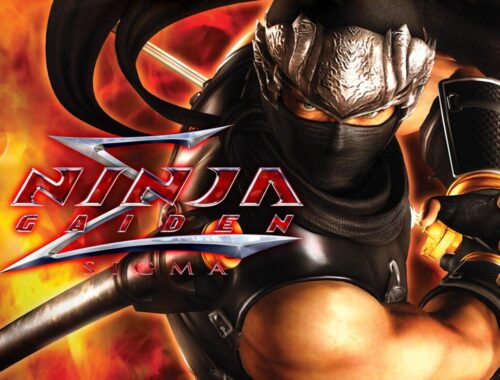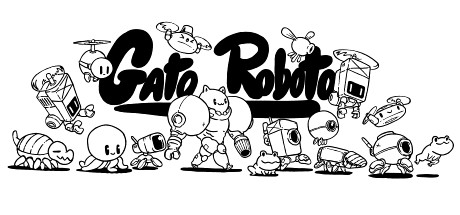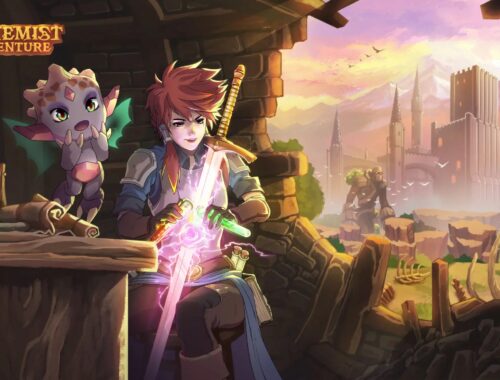Mostroscopy Review
Fast Facts
Mostroscopy
Developer: Oribe Ware Games
Publisher: Oribe Ware Games
Website: https://www.facebook.com/oribewaregames/
Genre(s): Action, Indie
Platform: PC
Age Rating: N/A
Release Date: 31/10/2023
Price: £16.75
A code was provided for review purposes
Another Smash Clone?
Mostroscopy is a two-dimensional fighting game that takes inspiration from Mexican Luchador films. Additionally, the game features a simple control scheme. The developers claim that it is like platform fighters while still featuring a traditional fighting game arena. The unique theme and concise mechanics made the game seem like a lot of fun to me. Did it match my expectations? Find out in this Rapid Review.
To begin, I was sent to a main menu screen without much guidance on where to go. Specifically, when looking at the menu, I found it hard to determine where to go as a beginner. There is a training mode, but this arena is very bare bones. There was no tutorial in this area at all. After messing around with a few options, I found that there is a more detailed tutorial in the “challenges” menu. Though I did not find it immediately, I am very glad I did find it. It was incredibly helpful. It detailed the different attacking moves in the game, overviewed some combos for each character, and showed me how each of Mostrosopy’s unique mechanics worked. Largely, it worked great. However, I could not watch how to successfully complete the combo, so sometimes mastering the timing was tricky. Though not perfect, I thought Mostroscopy’s training was good.
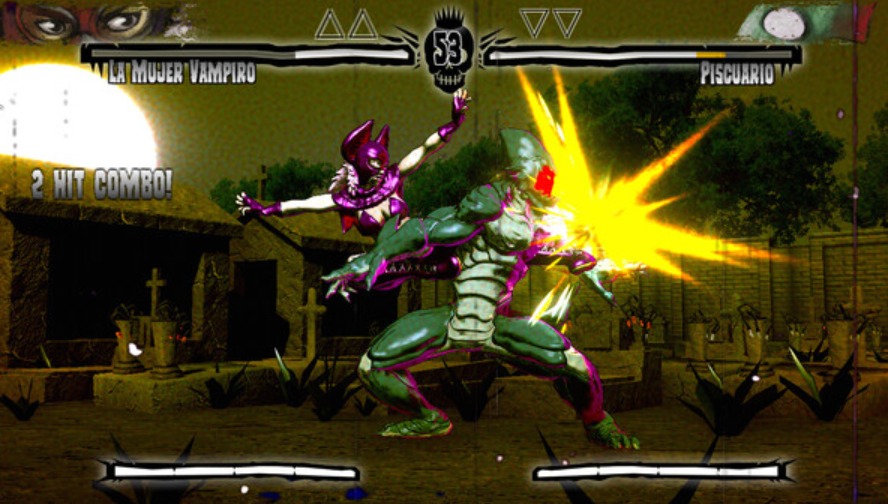
However, there were also some other things they should have taught me before I played. First, when I booted up the game, there was no way for me to move my main character without a gamepad. While a gamepad is recommended, I found this extremely confusing, as a keyboard is listed as a viable option. After a bit of frustration, I recognized that I could adjust this in the controls, but I would have wanted the developers to adjust this without manual input from me.
Generous Growth Spurt
Despite my initial challenges finding my way in Mostroscopy, the experience is certainly worth the wait. Though there was not much story content, the minute-to-minute gameplay did an excellent job of combining components from traditional two-dimensional fighters and platform fighters.
The core mechanics were great. I had two different buttons, one for a traditional attack and another for a special attack. While this simplistic control scheme could appear to dampen my experience, I found it increased exponentially. First, I want to clarify that even though there were only two buttons, I still had a large variety of attacks to leverage. Each of the characters had a wide variety of moves. Each felt unique and distinct and contributed to a unique playstyle for each character. The low barrier for inputs did not inhibit my experience when it came to attacking moves.
Next, I think it is important to stress that having simple inputs increased my enjoyment. Though there were plenty of intricate combo routes, I never felt the massive barrier to entry that I could occasionally feel in games with more complicated control schemes.
Not only did the simple layout make Mostroscopy easy to pick up, but it did not diminish the returns I felt for landing a long combo. In fact, I found myself enjoying the combo routes in this game a lot. The simple two-button layout makes Mostroscopy feel unique while maintaining the technical prowess and spatial awareness that I have come to enjoy in fighting games overall.
Caring about Characters
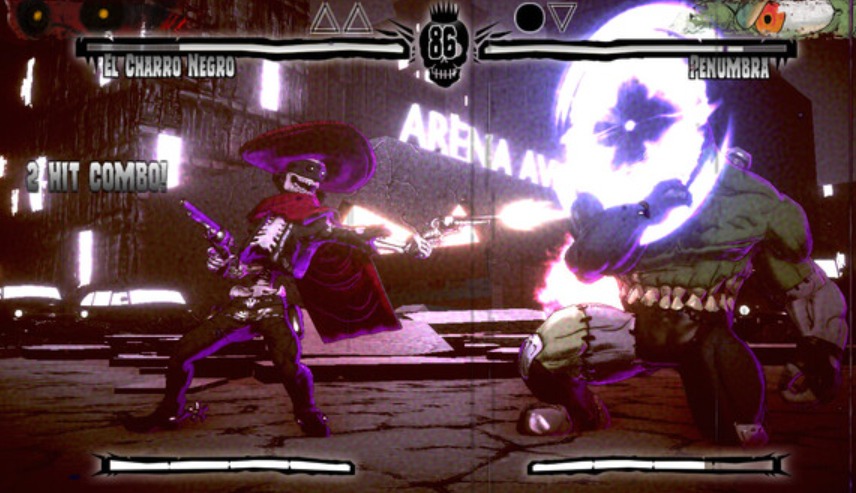
Another reason the two-button control scheme worked so well is that the characters feel distinct. This extends beyond their physical appearance and bleeds into their move set and strategy. Each felt unique and leveraged special moves that helped make the fights feel unique. Additionally, despite the two-button layout, each character had enough depth to keep me engaged in learning their intricacies. The characters were solid. However, there were only ten characters. While I did not think this was a bad amount, I was disappointed by one thing.
Two characters are only available if you purchase the developer’s previous titles. Though this is not necessarily the worst business model, I found it frustrating, especially because one of the games is not available in English. Additionally, this was constantly relevant, as the characters would appear in the single-player mode; I just could not use them. While the ten-character roster was a lot of fun to mess around with, the constant reminder of characters that could be unlocked by purchasing other games felt frustrating, especially as I played against them a sixth of the time.
This was further expanded because of the single-player modes. There was only one true single-player mode that accompanied a single match against computer players. The main campaign was a simple arcade-style challenge where I had to face off against a consecutive number of foes. It was fun, but it did not do anything crazy. While I was a bit disappointed by the lack of more unique single-player content, I found the combat so enjoyable that I enjoyed fighting similar fights repeatedly. The characters are genuinely distinct, so my experiences continually felt unique.
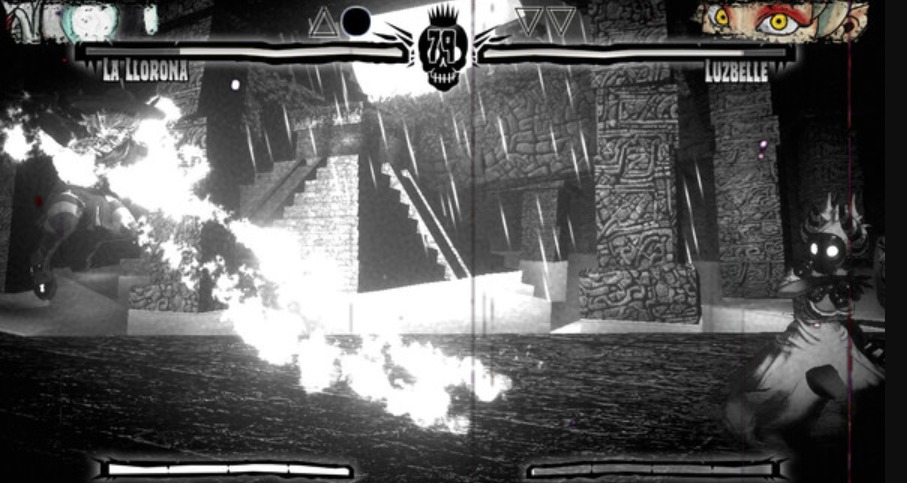
Overall, while the repetitiveness of the single-player campaign was a bit disappointing, I very much enjoyed playing through the game in single-player because the combat is fun, and the characters are unique.
Difficulty Dilemma
Unfortunately, while the campaign was a lot of fun, I think the single-player content would lack appeal for technically skilled fighting game fans. This is not because of the mechanics, though. Instead, I was disappointed by the difficulty levels. Buried in the options menu is a difficulty slider. This seems like a good idea. However, increasing the difficulty does not have a noticeable impact on the behaviours of my opponents. I was happy with the difficulty in the traditional state, but when experimenting with it for review, I found it did not impact the game much. This absolutely decreases the replay value and is quite disappointing.
Additionally, while there is support for online play, nobody was online when I looked for a match. This meant that I could not test the quality of their servers either. Of course, local multiplayer is a viable option, but an active online player base would certainly add to this game.
However, there is yet another disappointment. There is another toggleable option in the difficulty settings. I could adjust the difficulty between random and fuzzy modes. I am not sure what this means, but it did adjust the difficulty. However, every time I completed a match with random difficulty, the game refused to display the menu options, soft-locking me and forcing me to restart. Though this option appears to be beneficial, it does not work properly and does not add longevity to Mostroscopy.
Seeking Closure
Instead, what added the most longevity was the stunning visual style. I am truly impressed by the art design in this title. The colour choices are unique, yet they look fantastic. The developer also includes a plethora of black-and-white stages. While this could easily be a problem, each of the attacks is still clearly visible, and the stage still looks great. The attention to detail in the visual theming helped make Mostroscopy just a bit more special.
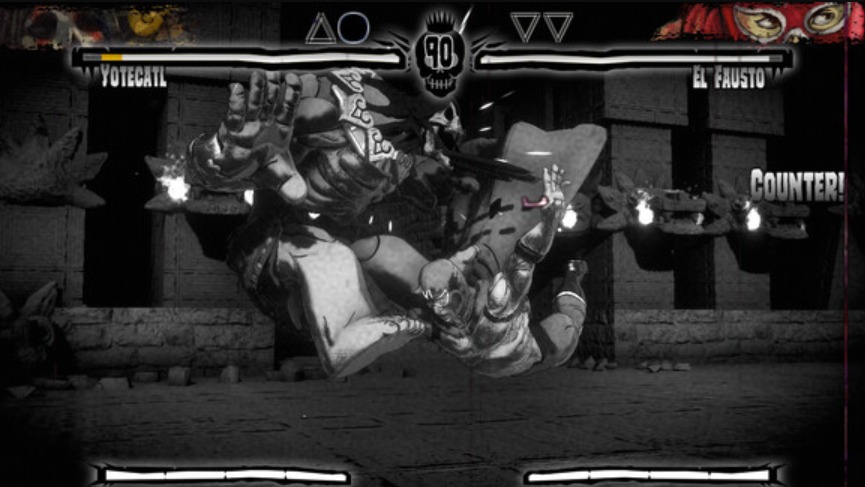
The music was also good. I enjoyed that it was consistently lively and engaging. It sounded like it took inspiration from Spanish music while maintaining elements that reminded me that I was playing a video game. It came together nicely. The effects, while sometimes a bit dramatic, also helped keep me invested in each fight. Overall, I enjoyed the sound design.
I truly enjoyed my time with Mostroscopy. In fact, in terms of my own personal enjoyment, I think this game is almost perfectly suited for my skill level or a lovely time for combat with friends, and I like that the story mode features a concise mode. However, I still feel that the single-player modes are lacking, especially considering the lack of online competitors. Additionally, in analyzing the game for review, I attempt to view the game holistically. The lack of suitable alternative difficulty options, especially more challenging difficulty options quickly deflates the value and longevity of the title. Similarly, I experienced a lot of confusion regarding control schemes, and I found the implementation of additional characters tied behind games I cannot enjoy frustrating as well. Despite some of these weaknesses, I still recommend Mostroscopy, and plan to come back to it many times in the future.
Rapid Reviews Rating

3.5 out of 5
3.5

You can find and read our reviews on OpenCritic.



